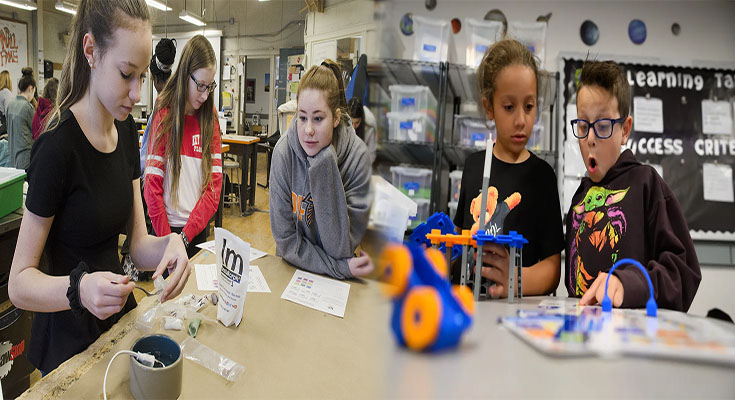
Perch Parenting Platform
Perch is a new edtech platform that helps parents get their kids started on the right path to becoming productive adults. We believe the world would be a better place if everyone was given the opportunities they deserve. That’s why we are creating an online learning platform that helps you raise a well-rounded, responsible and successful child. Our free and easy-to-use tool gives you access to thousands of resources, including videos, articles and activities that teach your child how to think critically, learn independently and develop strong social skills. The best part is all this content is created by top experts in each field so you know it’s high quality and relevant to today’s world
Perch is a new edtech platform that helps parents get their kids started on the right path to becoming productive adults.
Perch is a new edtech platform that helps parents get their kids started on …
Perch Parenting Platform Read More



